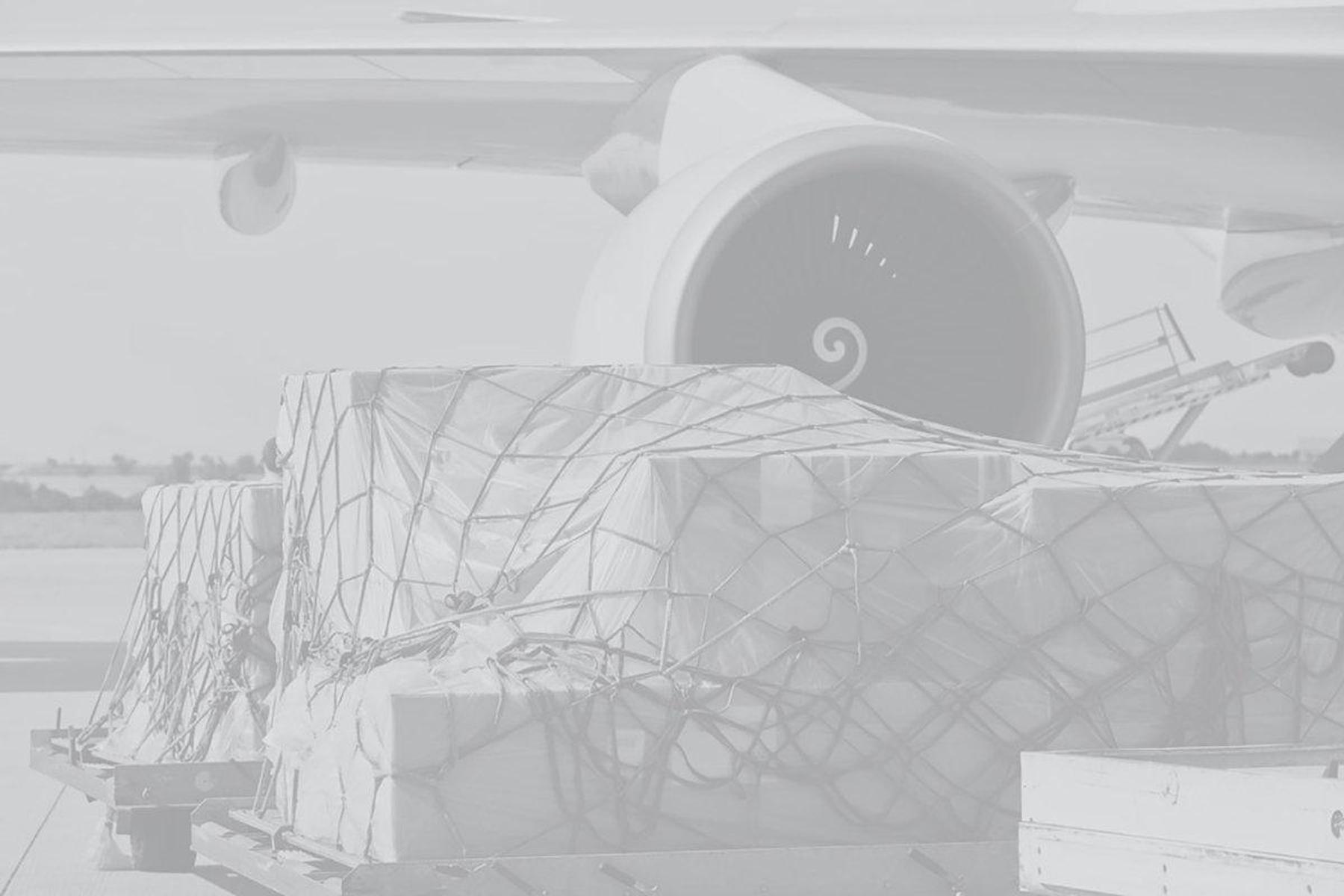The world is changing, and for the air cargo industry to survive, they need to adjust their business with new strategies. In the coming years, we see three significant challenges in the cargo airline industry, that is:
- digitalisation;
- the rise of virtual forwarders;
- and the increasing use of belly capacity.
1. Digitalisation
Digitalisation will change the supply chains from the originating shippers towards their end-customers. We see end-customers buying more from home and requesting almost instant delivery, wherever they are. Meanwhile, automation, advanced robotics and powerful forecasting algorithms change production processes at the shippers’ side of the supply chain. This leads to a drastic change of global product flows regarding geography, size and lead times.
Direct shipments to customers
For example, instead of one master shipment of 250 boxes to a distribution centre, 250 individual shipments of one box will be shipped directly to customers. Moreover, these shipments are not limited to local markets; customers in a much larger geographical area will be served in this way.
Consolidation in transit
As a result, severe pressure on lead times will leave no room to withhold products to build full pallets or complete trucks. Goods must be ‘consolidated in transit’. Feeder networks, therefore, need to be severely adapted to handle these individual good flows.
2. Rise of virtual forwarders
Besides digitalisation in general, the rise of new tech start-ups, or ‘virtual forwarders’, has a major impact on the air cargo industry. These companies launch apps that drastically simplify the process of booking, price comparison and route selection. Airlines will be forced to introduce standardised products (‘Lego-bricks’) and simplify their documentation to comply to this trend.
Direct links between shipper and airline
The emerge of virtual forwarders also results in the development of new, direct links between shippers and airlines, starting with the smaller ones and those with less complexity. New connections and geographical locations need to be served and traditional footholds on airport locations become less relevant.
3. Increasing use of belly capacity
Finally, we see a continued shift towards the use of belly capacity. Passenger aircraft increase in size and volume, leading to a disproportional growth of belly capacity. Airlines will use the underutilisation of passenger aircraft bellies to their advantage. As a result, belly capacity becomes also available secondary airports.
Risk of losing market share
New partnerships of virtual forwarders and smaller airlines at these smaller airports will steal a substantial market share of traditional hub-airlines. Those, in response, must outperform these new, direct connections, to protect their position in the international airfreight supply chain.
New strategies required
It will be evident by now that the air cargo industry is at a tipping point. To survive, air cargo businesses need to adjust their strategy in two ways:
- create new, direct links to shippers
- develop a responsive supply chain setup
1. Standardisation of interfaces
As mentioned above, virtual forwarders take over the market. Therefore, the added value of traditional forwarders reduces rapidly. To keep up, airlines need to team up with these new forwarders and create new, direct links to shippers, both commercially and operationally. The ease of doing business will become an important competitive driver (again Lego-bricks: easy clicking). Standard and simple interfaces must be developed to handle the sharp increase in smaller shipments and to reduce the administrative burden while securing safety and costs.
2. Agile supply chain setup
Airlines need to redesign the way they connect to shippers and end-customers, creating agility and cutting out all waiting times. This requires the creation of a natural (logical) flow of goods, with minimal intervention of planners. The physical footprint must be aligned to those new good flows, with different consolidation points and new partnerships with local transport companies to facilitate ‘in transit consolidation’ and last minute deliveries. Finally, all natural barriers, such as security and customs checks need to be removed or streamlined.
Co-operation is key
Cargo airlines cannot adjust their supply chain to the required strategies alone. To cope with the mentioned developments, they should work together with airports and logistics service providers to maintain airfreight’s speed advantage in a challenging market.

